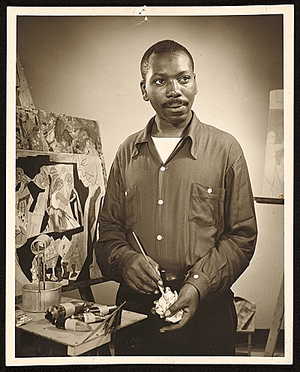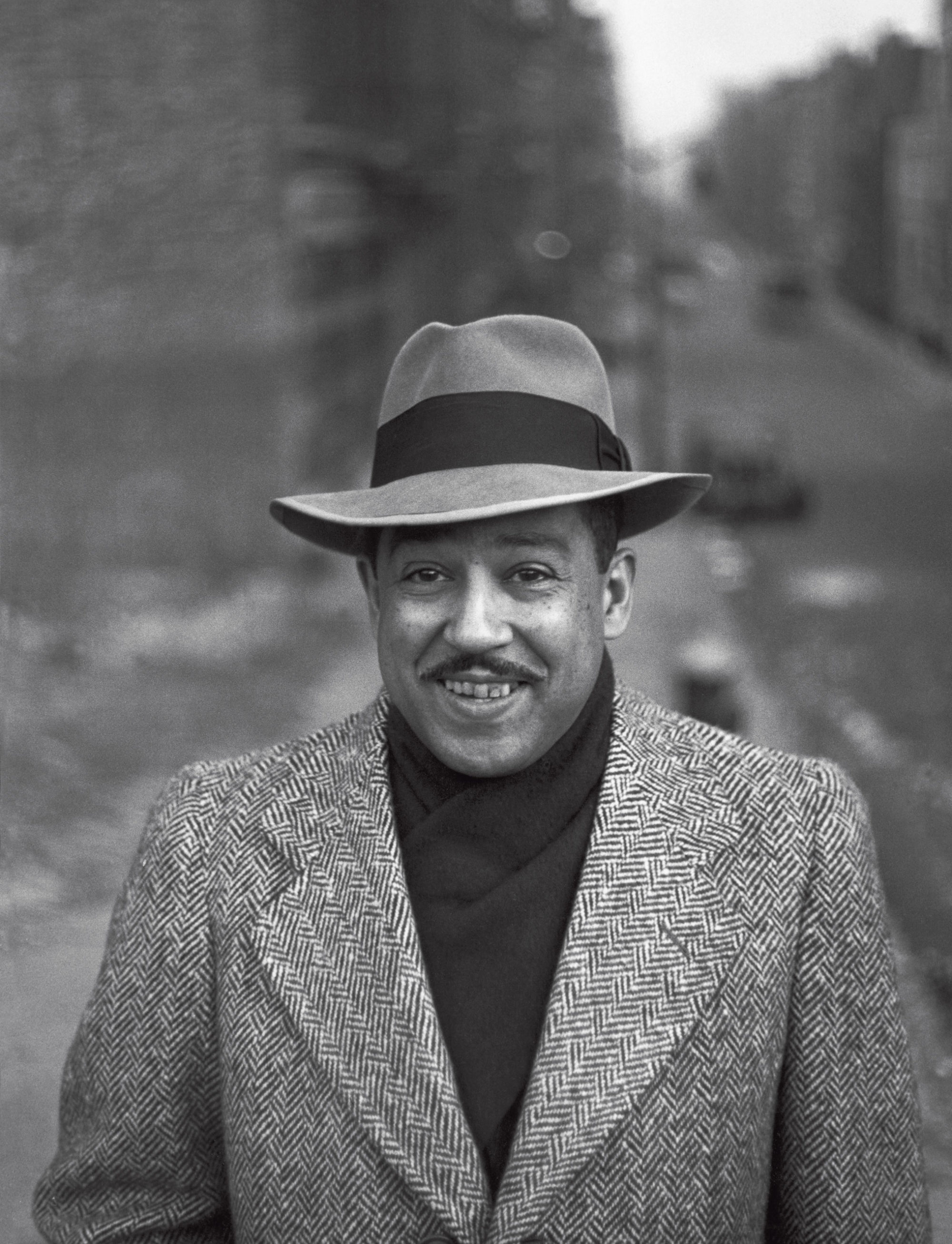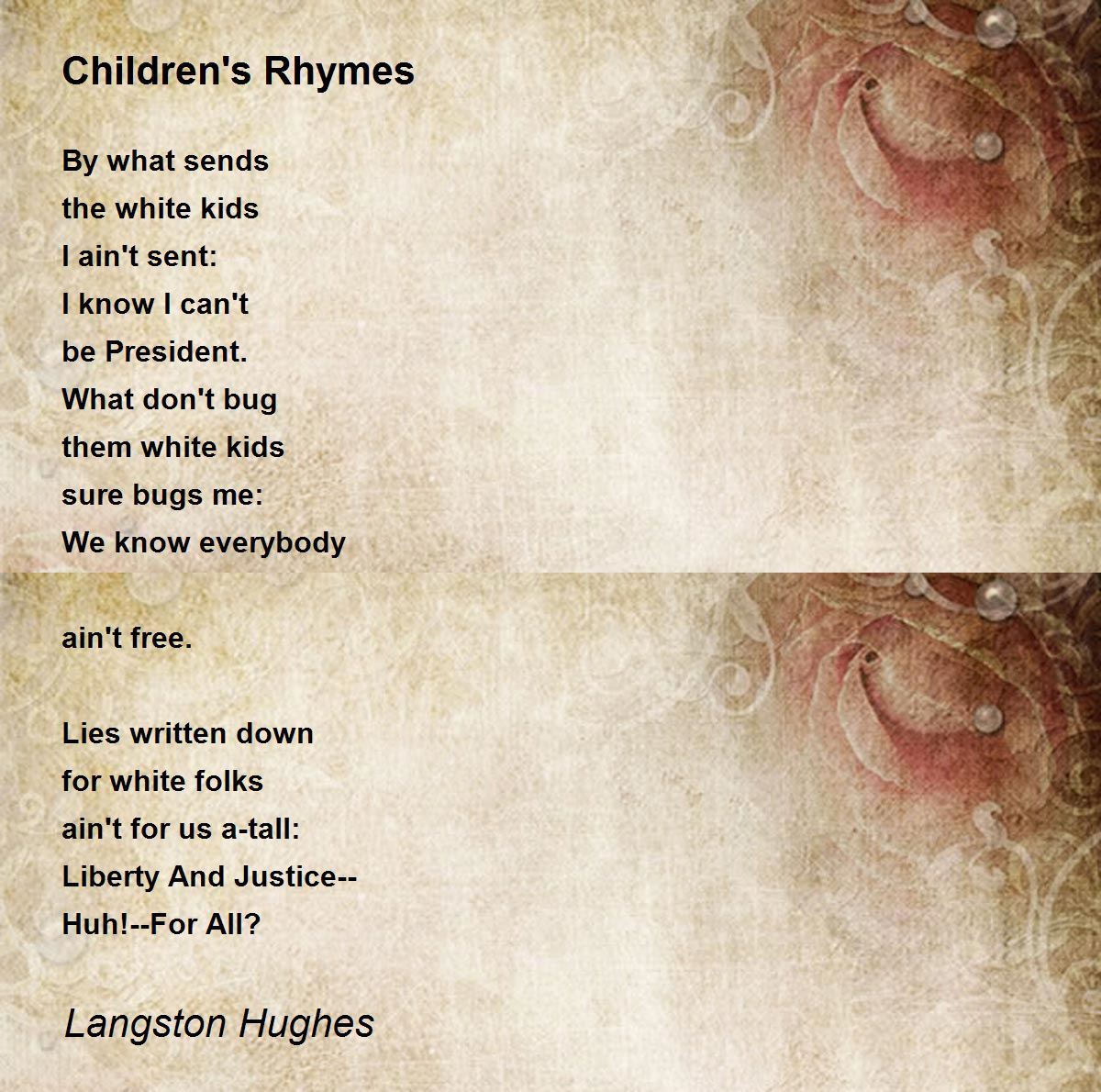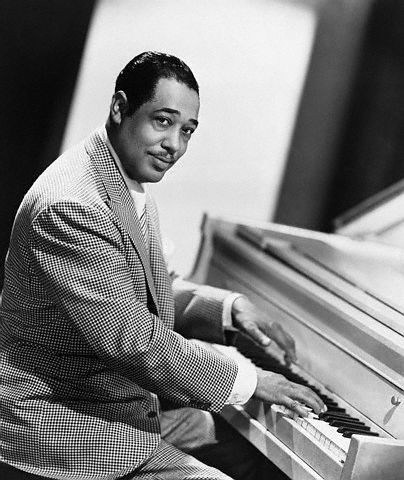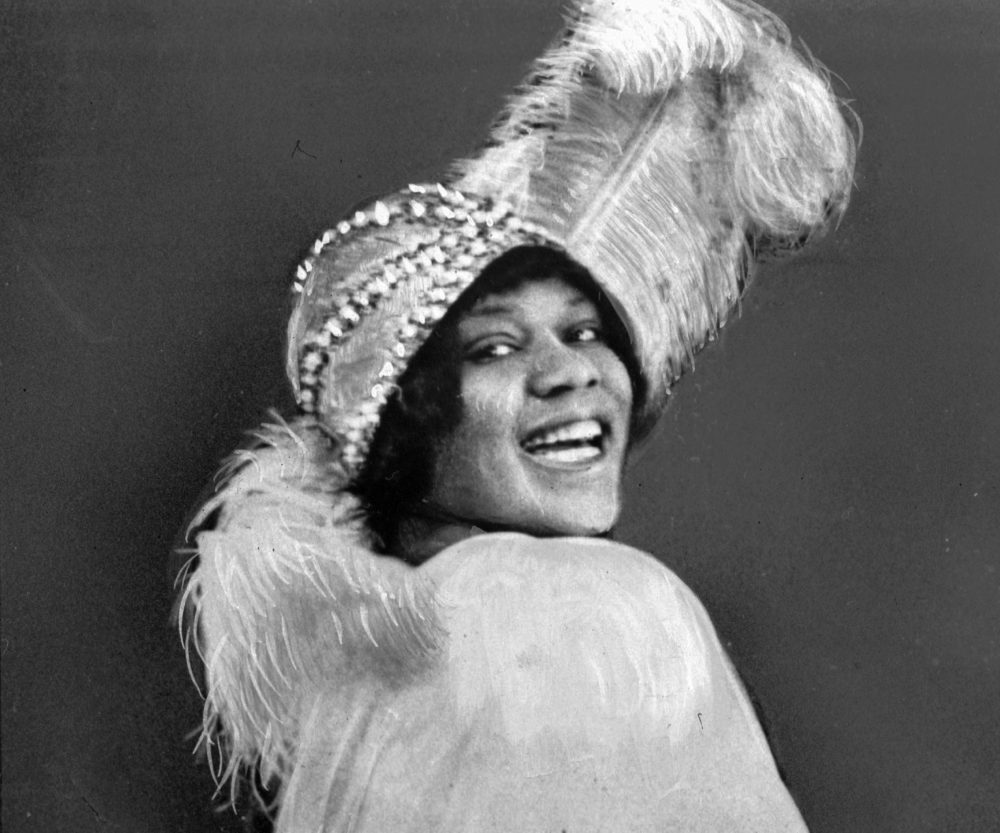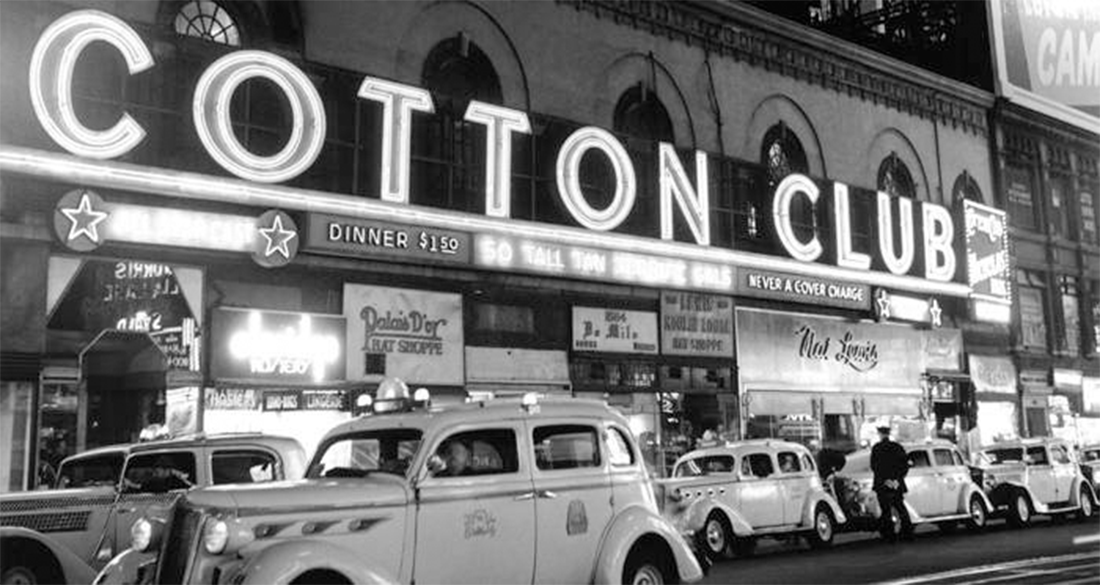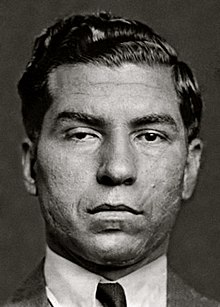1920s Unit Module Four - Harlem Renaissance
*******
Listen to "1920s Unit- Module Four - Harlem Renaissance" on Spreaker.
*******
The links below will help you with translating tools between English and Spanish.
The links below will help you with translating tools between English and Spanish.
1. Audio of a words in both English and Spanish. Will also translate phrases.
2. Google Search - Espana: The word can be typed in English, and the search finds results in Spanish, including images
3. Also Google Arabic is available.
2. Google Search - Espana: The word can be typed in English, and the search finds results in Spanish, including images
3. Also Google Arabic is available.
*****************************************************************
************************************************************
************************************************************
Discussion Questions:
- What questions do you have?
- What inferences do you have about the Harlem Renaissance?
- Decide on a class question for review during reflection time.
The Harlem Renaissance
The Harlem Renaissance was a time when African American artists, writers, and musicians living in the Harlem neighborhood in New York City showed the true level of their creativity. They made work that demonstrated (showed) the strength of African American culture. In fact many people moved into that neighborhood because there was such interesting things going on. The popularity of all of these artists spread to all of U.S. society, and not just African American people. These famous performers included:
Jacob Lawrence - Painter
Jacob Lawrence was a painter who did work that told the story of African Americans moving from The South to the North and West during a time known as The Great Migration (sound familiar???). One of his most famous paintings shows African Americans in the South getting on trains to go to northern cities during The Great Migration.
Langston Hughes - Writer
Langston Hughes was a poet whose work also talked about what African American people experienced in The United States. One of his popular poems is Children’s Rhymes:
His poems tell a very strong story about African American culture.
The Duke can be described as a jazz (type of music started by African Americans) musician. He also was the leader of a type of band known as a “Big Band.” He had many popular songs.
One of his famous songs was East St. Louis Toodle-Oo
He would be popular for years. This song was from the 1940s, Take The A Train, was VERY popular, and mentioned Harlem. The A-Train was a subway, similar to the DC Metro.
Another famous African American musician of the time was Louis Armstrong. He wrote songs and played the trumpet. Some of his music style was called Dixieland Jazz. He became popular because of his skill playing and his style putting on a show. He was also famous for using a style of singing called “Scat.” It is where you kind of just make up words as you go along singing.
In this video you can see him putting on a show, and hear him singing scat. It says 1933, but he did this in the 20s as well.
Another of his songs was called:
St. Louis Blues (1929)
Blue Yodel # 9 or #1 - In any case, the song has been known as "T for texas"
This song he did with another man named Jimmie Rodgers who sang a different type of music called folk/blues. The song they did was called T for Texas.
Often musicians will use a song someone else has already done and do it in their own style. This happened with Blue Yodel #9, which was done by the band Lynyrd Skynyrd in 1976, 47 years after Louis and Jimmie recorded it!!! Listen to some of it and compare it to the original version. Then think of these question: (1) How is it the same and how different?; (2) Why did they play it differently?; (3) What was the effect on the crowd listening?: (4) How was their performance similar to way Louis did when playing Dinah? (specifically compare the way Louis was jerking his shoulders at the start of Dinah to the way the guitar player in red moves around). Listen for how the singer makes a connection to the 1920s song.
Bessie Smith - Musician
The last musician we will talk about was a woman who sang a type of music called The Blues. Her name was Bessie Smith. She was the first person of any gender or race to actually record blues music.
When she was young she and her brother performed music on the streets to earn money to buy food and stuff. Things got better for her. At one time she was the highest-paid African American entertainer of the day, leading her own shows, with as many as 40 other performers backing her up.She even had her own custom-built railroad car.
She sounded like this:
“Downhearted Blues” ( 1923)
Earl “Snake Hips” Tucker - Dancer
Snakehips was an American dancer born in 1905. He acquired (got) the nickname "snakehips" from the dance he popularized (made popular) in Harlem in the 1920s called the "snakehips". In the snakehips dance you move your knees forward and back, first one knee then the other, while keeping your feet together. Think YOU can do it? Go ahead! Turn off the recording and get up and try! (If you teacher says OK!!!)
He built his reputation (fame) by exhibiting (showing) his odd style of dance, which involved a great deal of hip motion. Tucker would make it appear that he was as flexible as a snake, and eventually, the dance became his usual (go to) move. He became popular enough to eventually perform at the Cotton Club. Most interesting was that the snakehips dates back to southern plantations before emancipation (freedom for enslaved African Americans).
Places to Play - Clubs
This map from that time shows just some of the clubs where musicians played during the Harlem Renaissance
There were many clubs in Harlem where performers performed. They included the Alhambra Ballroom, The Apollo Theater, and Minton’s Playhouse among them.
The Cotton Club was a New York City night club (place where people went to party) located first in the Harlem neighborhood on 142nd Street and Lenox Avenue from 1923 to 1935. The club was segregated (whites-only), even though it featured many of the most popular black entertainers of the time. The entertainers who played at the Cotton Club were some of the most widely known blues and jazz performers of their time including, Cab Calloway (Click on this. SERIOUSLY good song!!!), Ellington, Snakehips Tucker, and many others. Often there would be spontaneous (not planned) “dance offs”. These two men were brothers who had trouble getting along:
The funny thing was that this was during Prohibition when alcohol was illegal.
If you were a cop, and ran into this man at the Cotton Club drinking alcohol, and knew he was one of the most powerful criminal gang leaders in the city, would you tell him to stop???
Lucky Luciano
Lucky Luciano
